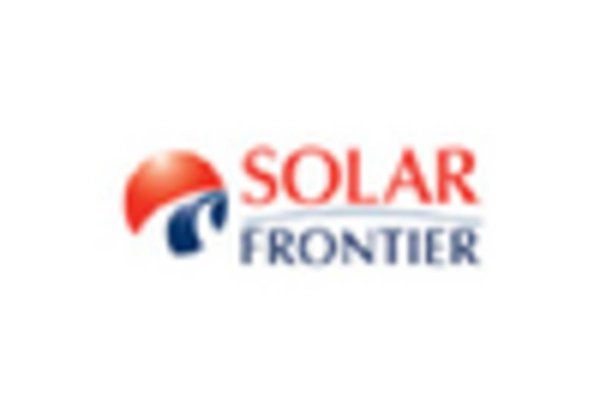Thin Film Photovoltaic Size
Thin Film Photovoltaic Market Growth Projections and Opportunities
Solar power has huge geographic potential and incentives and policies from governments promote clean energy generation thus it sees maximum opportunities. During the last decade alone, major milestones were met by this sector, with global production reaching almost 100 GW at the end of 2017. For example, Solar photovoltaics are noiseless but dependable for uninterrupted provision of electric power over long periods without demanding large maintenance fees.
Thin Film Photovoltaic (PV) market dynamics reveal a landscape shaped by technological innovations, cost considerations, and increasing focus on sustainable energy solutions. The emergence of thin film photovoltaic technology with its ability to produce flexible and lightweight designs has taken root in the sphere of solar energy. Market dynamics are driven by advances in technology that have been focused on enhancing efficiency and cost effectiveness of thin film solar cells through research and development activities undertaken intensively.
The need to adopt solar energy is greatly influenced by government incentives through subsidies or regulatory policies. For example, installing financial aid programs or feed-in tariffs by various countries encourage developers to establish new projects on their country’s land thereby creating an environment conducive for growth of thin film PV markets.
Therefore, competition with traditional Crystalline Silicon Photovoltaic Technology shapes market dynamics within Thin Film Solar Cells industry which continue to dominate the market with its higher efficiency levels despite the advantage of flexibility and lower production costs that thin film technology offers. The market dynamics are influenced by ongoing efforts aimed at closing this efficiency gap through research and development in order to make thin film technology a more competitive choice in terms of overall performance.
The market trends on energy demand as well as economic conditions will affect how the Thin Film Photovoltaic market behaves. Sun is expected to become an important part of global energy mix due to rise in solar technologies demand like Thin Film Photovoltaics as countries look forward to tapping on renewable sources for their energy requirements and reduce their dependence on fossil fuels. Market dynamics across different regions hinge upon economic conditions and government policies that prioritize clean energy solutions.


















Leave a Comment